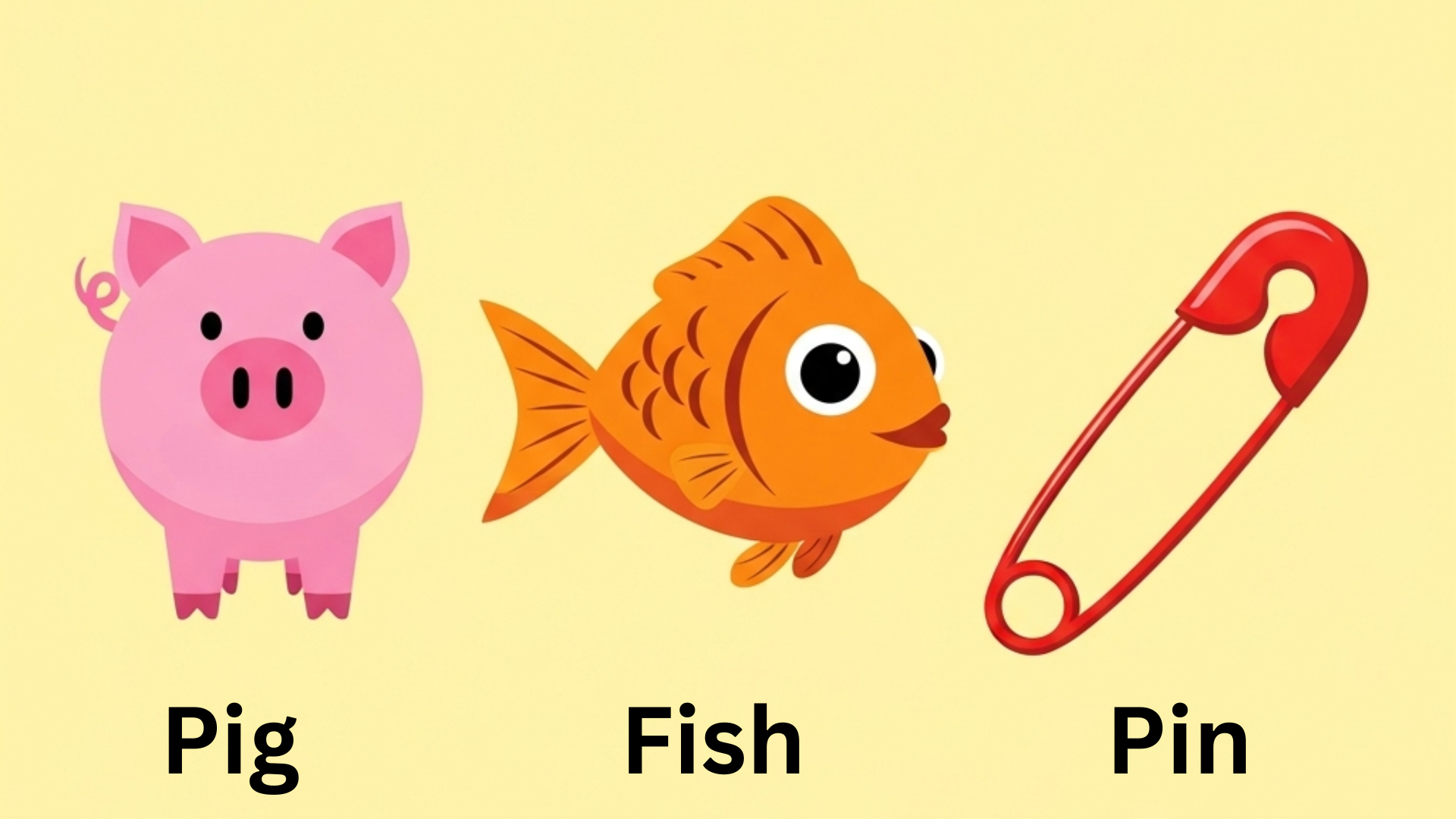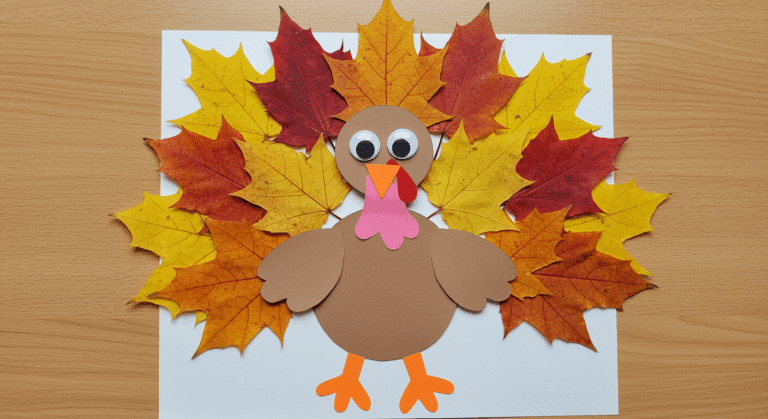Teaching young children to read can feel challenging, especially when they struggle with vowel sounds.
The short I sound often trips up early readers, leaving parents and teachers searching for effective practice materials.
This blog promises to solve that challenge by providing educators with carefully selected short I words that make phonics instruction more effective.
Readers will find age-appropriate words organized by difficulty level, plus practical tips for using them in daily reading lessons.
Understanding Short I Words and Their Importance
Short I words contain the /ĭ/ sound that children hear in words like “sit,” “big,” and “win.”
This vowel sound appears in the middle of most words, making it essential for reading development. When kids master this sound, they can read simple books on their own.
These words follow predictable spelling patterns that make teaching easier. The Consonant-Vowel-Consonant (CVC) pattern shows up frequently in words like “hit,” “fit,” and “bit.”
Children who recognize short I phonics words for early readers quickly become more confident readers because they spend less time sounding out letters.
Additional advantages include:
- Improved phonemic awareness through sound recognition practice
- Enhanced memory retention due to consistent vowel patterns
- Faster assessment of student reading progress
Short I phonics words serve as the foundation for future reading skills.
Everyday Words with Short I Sound

This section is designed for young readers who are building their vocabulary through familiar, everyday language.
These words are easy to spot in daily life and help create a strong foundation for reading. Practicing these terms boosts confidence and fluency.
1. Bin
2. Bit
3. Big
4. Bib
5. Bill
6. Bid
7. Fin
8. Fig
9. Fit
10. Fill
11. Fish
12. Fix
13. Him
14. Hill
15. Hip
16. Hit
17. Jig
18. Lid
19. Lit
20. Lip
21. Mill
22. Mitt
23. Nip
24. Pin
25. Pick
26. Pig
27. Pill
28. Pit
29. Rib
30. Rid
31. Rip
32. Rim
33. Sin
34. Sip
35. Sit
36. Tip
37. Tin
38. Tick
39. Till
40. Trip
41. Twig
42. Win
43. Wig
44. Zip
45. Zing
46. Dip
47. Dig
48. Dill
49. Chin
50. Clip
51. Slid
52. Grin
53. Slit
54. Skim
55. Skip
Action & Descriptive Short I Phonics Words

Learners will find words that describe actions, feelings, and qualities in this section. These verbs and adjectives encourage more expressive communication and storytelling.
Expanding vocabulary with these words helps make language richer and more lively.
56. Grip
57. Slip
58. Flip
59. Whip
60. Sniff
61. Spin
62. Blink
63. Glint
64. Trim
65. Swim
66. Drill
67. Spill
68. Drip
69. Flick
70. Squib
71. Sprint
72. Snip
73. Frisk
74. Flinch
75. Skid
76. Wince
77. Pinch
78. Slick
79. Squish
80. Glimmer
81. Twitch
82. Flicker
83. Shimmer
84. Sniffle
85. Ripple
86. Titter
87. Jitter
88. Giggle
89. Bicker
90. Wiggle
91. Tickle
92. Quiver
93. Shiver
94. Smirk
95. Twirl
96. Jingle
97. Prick
98. Swish
99. Twit
100. Kink
101. Sling
Short I Words that are Names, Nouns and Fun-To-Say

This section introduces a mix of names, objects, and playful vocabulary to keep readers engaged. Unearthing these words adds variety and enjoyment to language practice.
102. Digit
103. Cricket
104. Picnic
105. Limit
106. Gimmick
107. Mimic
108. Clinic
109. Civic
110. Visit
111. Spirit
112. Lyric
113. Skeptic
114. Timid
115. Liquid
116. Brisk
117. Mystic
118. Lipid
119. Frigid
120. Rigid
121. Illicit
122. Inhibit
123. Finish
124. Diminish
125. Gimmicky
126. Criticism
127. Infinity
128. Vicinity
129. Minimalist
130. Initiative
131. Limitation
Click here to download the free PDF of Short I Words
Common Mistakes with Short I Sound Words
Children often struggle with short I-sound words because the sound can be tricky to distinguish from other vowel sounds.
Teachers and parents frequently notice specific patterns in these reading errors. Understanding these common mistakes helps educators provide better support and instruction.
Confusing Short I with Short E: Students often mix up words like “sit” and “set” because these vowel sounds are similar. Teachers can help by having children practice saying both sounds aloud and feeling the difference in their mouth position.
Adding Extra Letters: Many children insert unnecessary letters into simple words, turning “big” into “brig” or “win” into “wind.” This happens when students overthink the spelling patterns they have learned in other lessons.
Reversing Letter Order: Young readers frequently flip letters around, reading “tip” as “pit” or “bid” as “dib.” This occurs because their visual processing skills are still developing, and letter recognition takes practice.
Reading Too Quickly: Students sometimes rush through short I phonics words for early readers and miss the vowel sound completely. Slowing down and pointing to each letter helps children focus on the individual sounds within each word.
Mixing Up Similar Words: Children often confuse words that look alike, such as “bit” and “bat” or “fix” and “fox.” These mistakes happen because young readers rely more on word shape than individual letter recognition.
Pronouncing the Vowel Incorrectly: Some students make the short I sound too long, saying “bite” instead of “bit.” This error occurs when children apply long vowel rules to short vowel words.
Fun Activities for Learning Short I Vowel Words
Engaging young readers through hands-on learning is one of the most effective ways to build phonemic awareness.
These activities are designed to be playful, interactive, and educational, helping children internalize word patterns without the need for rote memorization.
1. Short I Word Hop
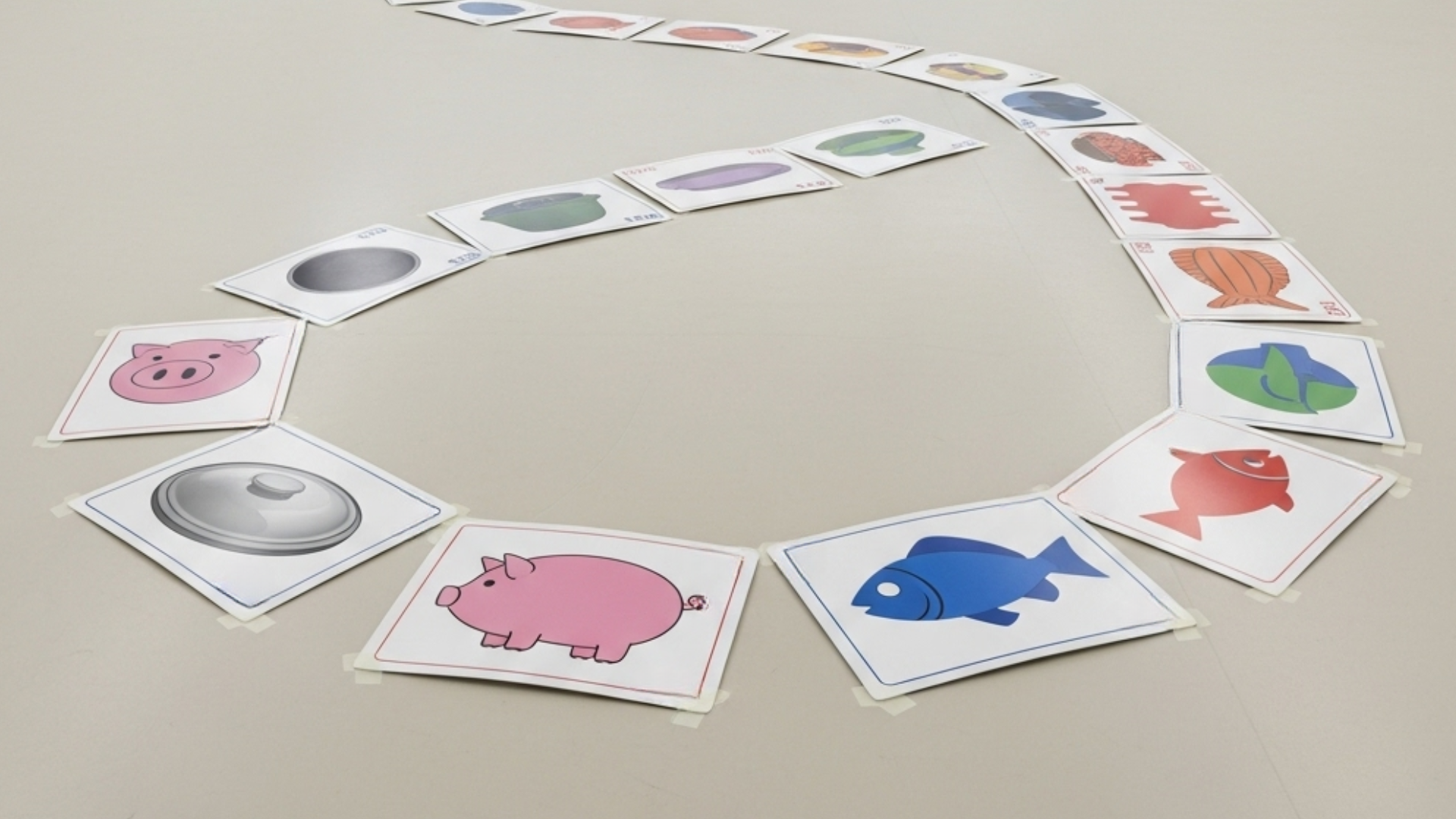
- How it works: Children hop onto flashcards as words are called out.
- Why it’s effective: It combines movement with word recognition, reinforcing both sound and spelling.
- Materials required: Short I vowel word cards, tape, and a small open space for hopping.
2. Spin & Say Spinner Game
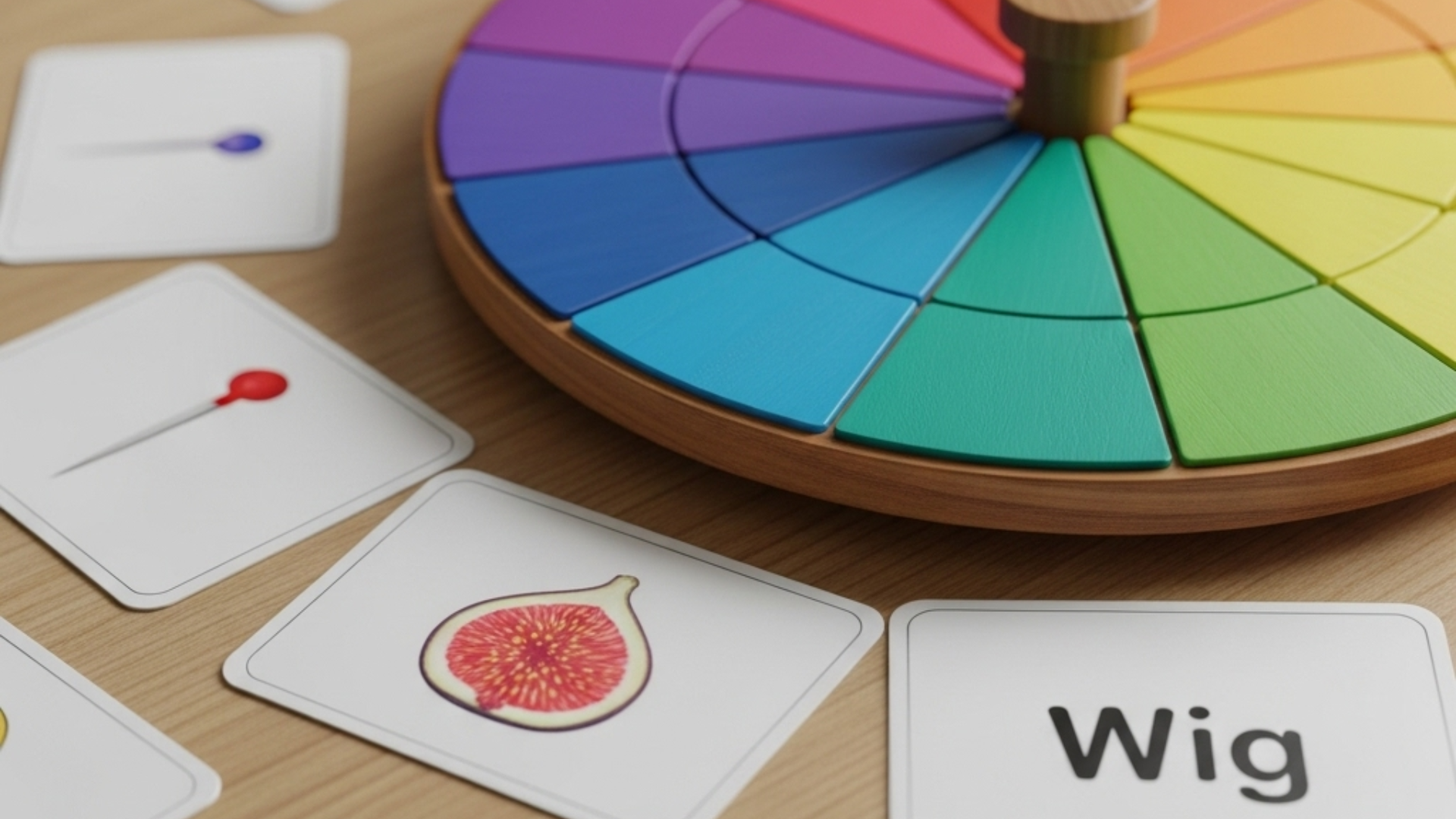
- How it works: Children spin a wheel and blend matching word parts.
- Why it’s effective: Encourages blending sounds in a fun and randomized way, aiding decoding skills.
- Materials required: Custom-made spinner, index cards with -in, -ip, -ig, etc., and a whiteboard.
3. Picture Pick & Stick
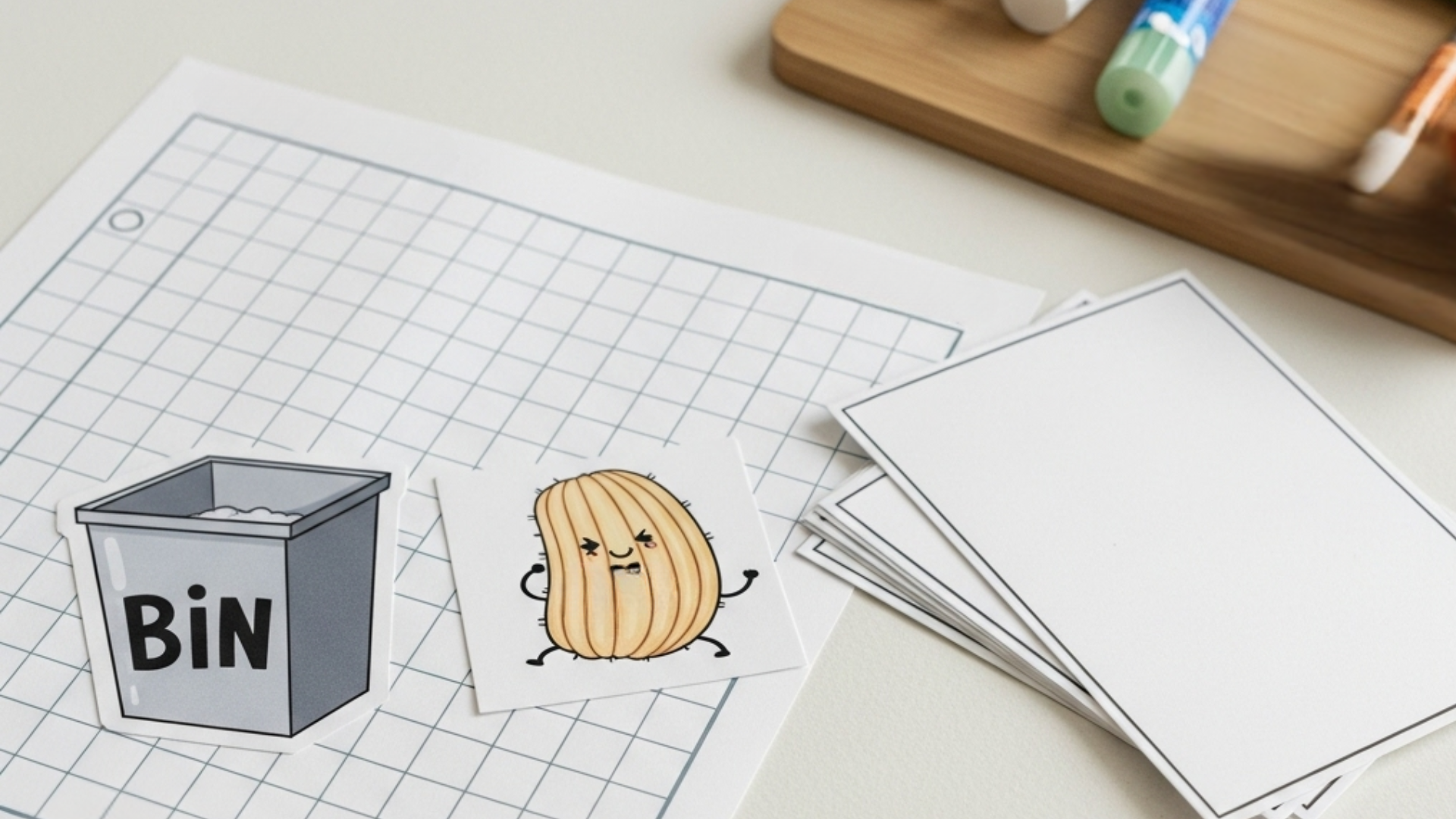
- How it works: Kids match drawn images to short I vowel word cards.
- Why it’s effective: Helps connect visuals with vocabulary, strengthening recognition and recall.
- Materials required: Printed pictures, matching short I phonic word cards, glue sticks, and chart paper.
4. Mystery Word Bag

- How it works: Children pull items from a bag and guess the word.
- Why it’s effective: Promotes critical thinking and word-sound association through tactile play.
- Materials required: A cloth bag, small objects (like a pin, lid, wig), and a word chart.
The Bottom Line
Mastering short vowel sounds lays the groundwork for lifelong reading success. When children become comfortable with these patterns, they gain the confidence to read more complex texts.
Short I words are an important part of early reading development.
Parents and teachers who focus on these essential sounds help children build the literacy skills needed for academic achievement and future growth.


